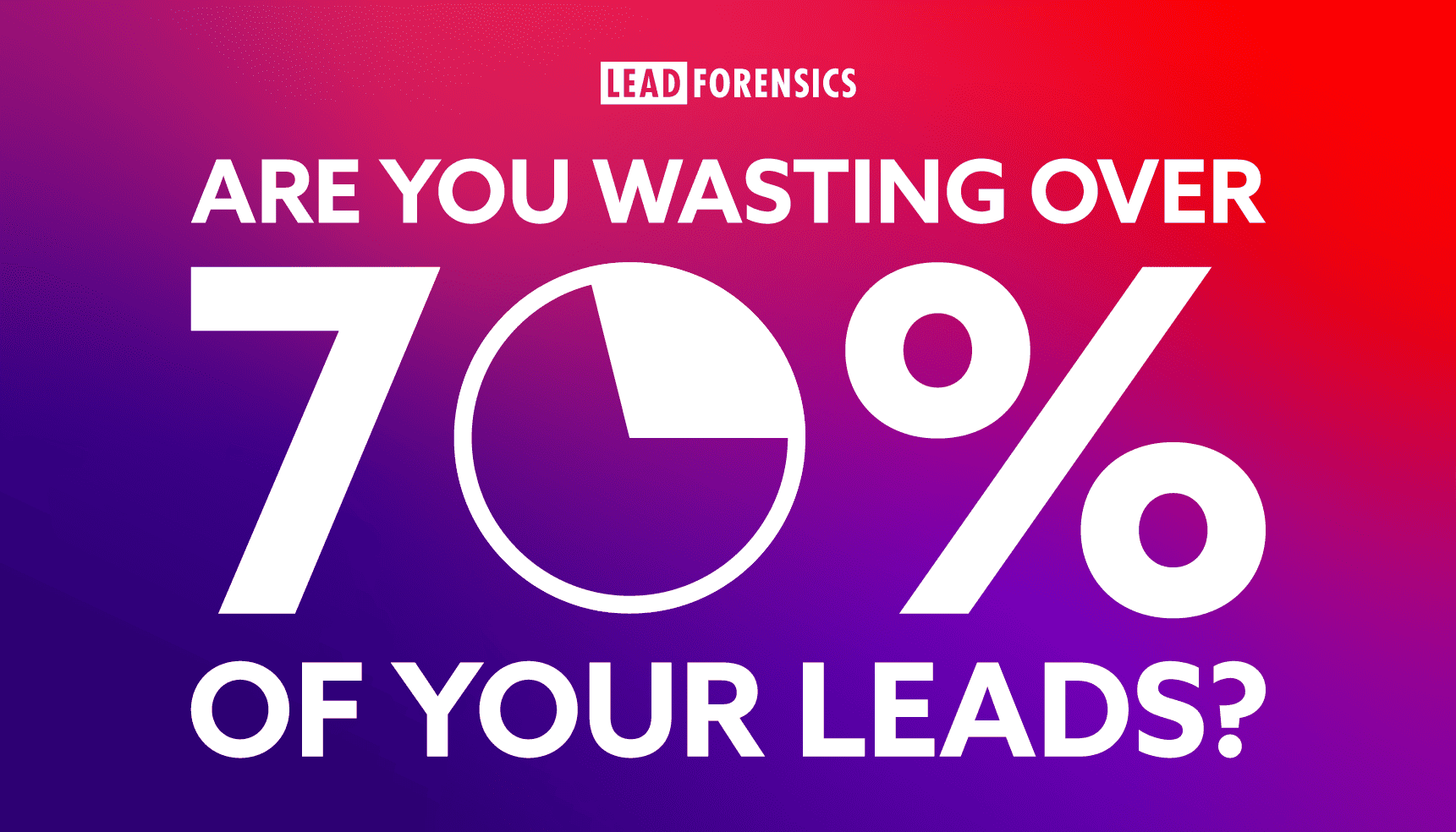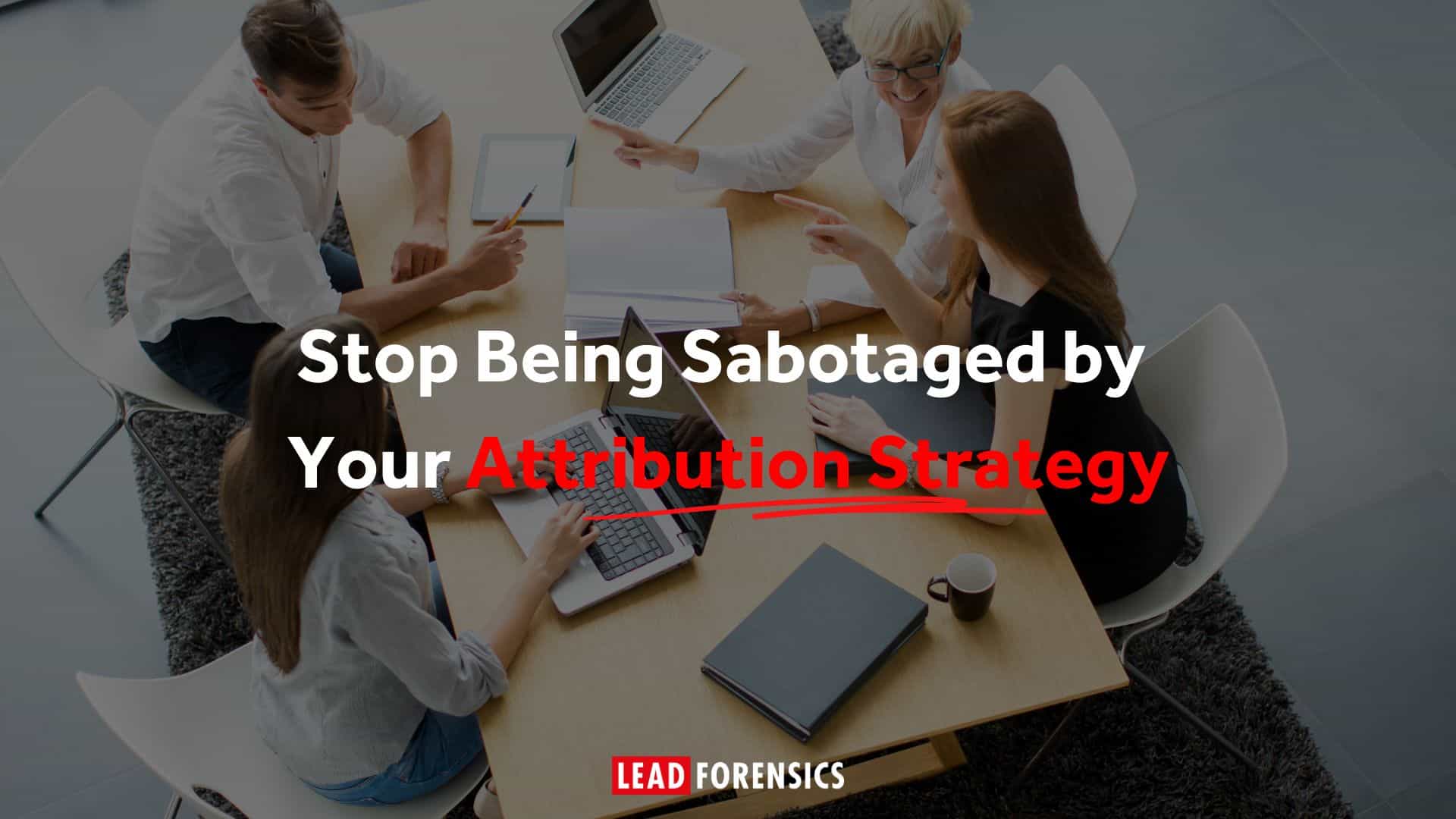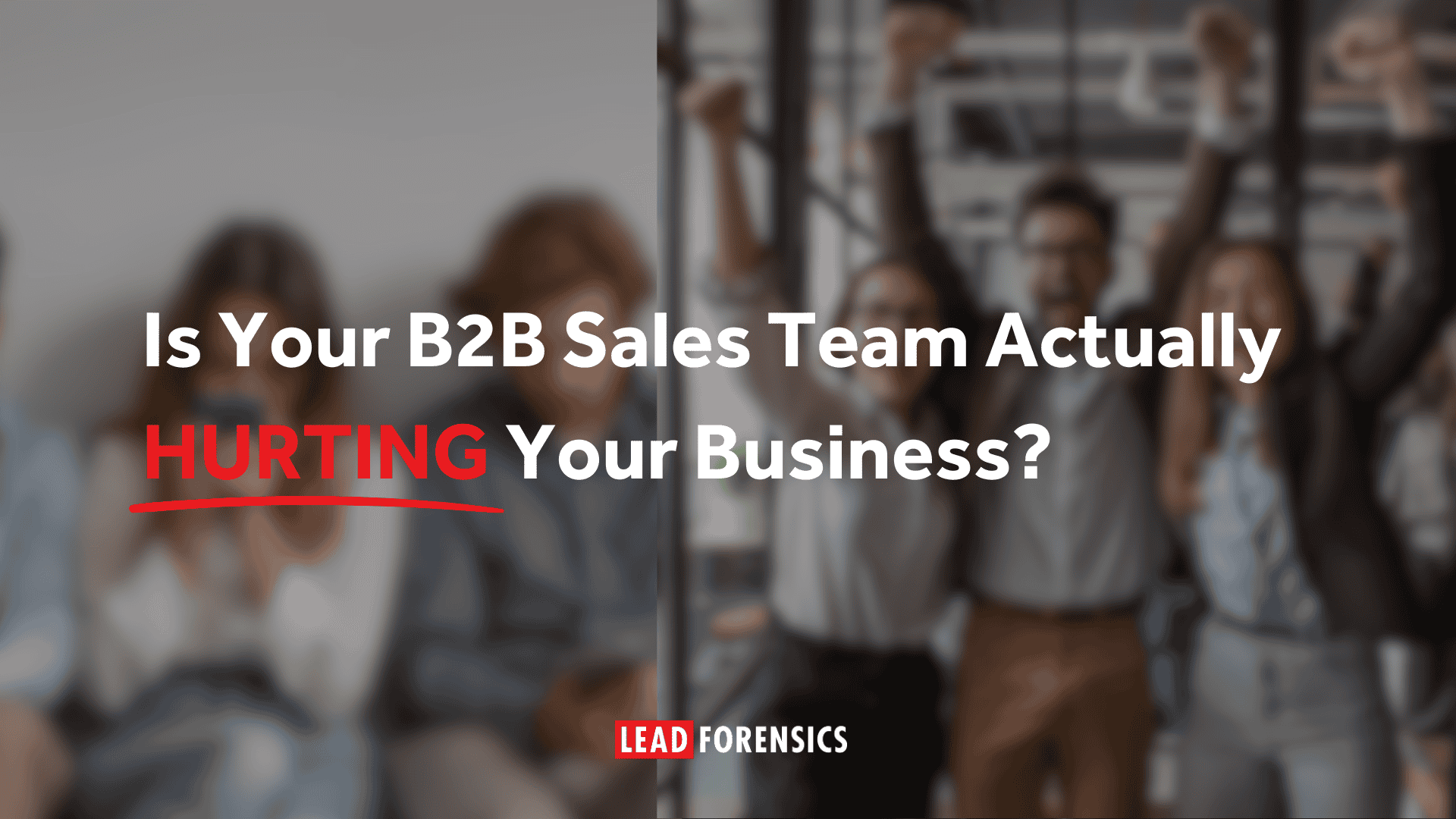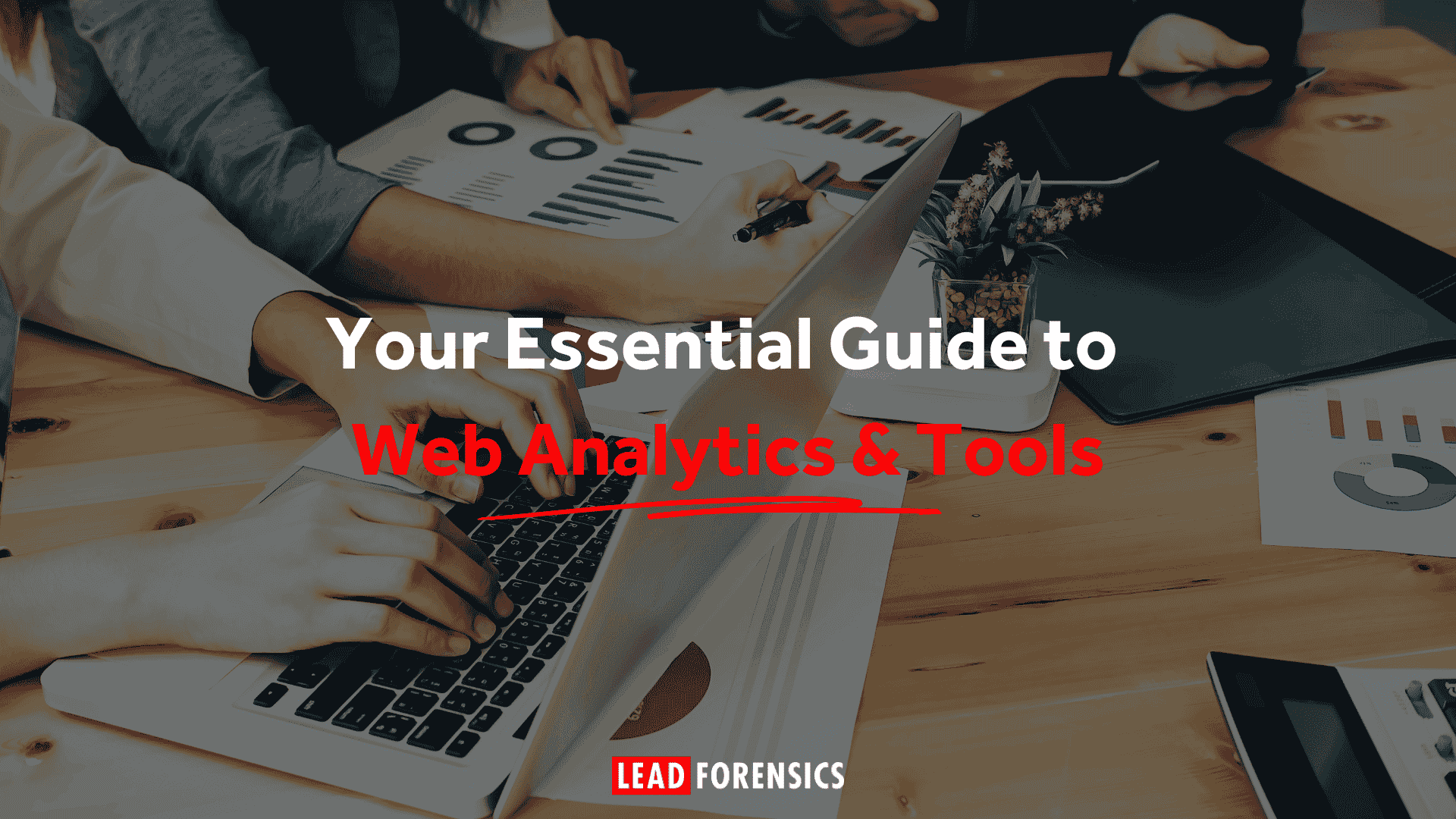And it doesn’t stop there – on average, only 27% of marketing generated leads ever get contacted by a salesperson. That’s nearly 75% of the leads your marketing team generates that never get contacted after their initial inquiry!
If you consider how much time, money and resources go into generating leads, you can start to understand the amount of investment that gets wasted on leads that never get spoken to. It was also found that a sales rep on average makes 1.3 attempts at calling a lead before they give up – that means if the first call isn’t successful, they are quite rarely ever contacted again.
So it seems like in SaaS, we have a big leaky bucket of opportunities, where we have to generate an excess of leads in order to compensate for all the leads generated that don’t get contacted.

Marketing teams can spend a fortune on the latest innovations, on trending strategies, on website tools and gadgets that uplift our conversions, but ultimately, if we have this big leaky bucket, we fail at the first hurdle and those efforts will be in vain because we’re generating opportunities that don’t yield a return for the business.
Now that might paint quite a bleak picture, but the good news is that there is a huge opportunity to stand out from the competition.
Why is response time so important?
1: When you call a prospect back immediately, you know where they are. Also known as “presence detection.” If a prospect just typed in an inquiry on your website, they are probably still by their computer and by their phone.
2: When you call back immediately, you are still on their minds. This is “top-of-mind-awareness.” Considering that the average call back time is 46 hours and 53 minutes, ask yourself – do you remember any of the sites you were surfing on nearly two days ago?
3: The “Wow Effect.” You might be concerned that by calling back inquirers almost immediately that it would freak people out (like big brother was watching). On the contrary, many organisations report that people are overwhelmingly impressed with the quick response times. Starting your professional relationship by impressing your prospect will instill a sense of trust, and reassure them that you can be trusted to resolve any issues and answer their questions quickly and efficiently.

But firstly, let’s understand what MQLs and SQLs are and the difference between them.
An MQL is a prospect that your marketing team considers more likely to eventually turn into a sale than other leads, but isn’t quite ready to buy yet. This is usually decided based on lead intelligence, often informed by closed-loop analytics. These leads require additional marketing assistance before they’re ready to receive a sales call.
An SQL is a prospective customer that has progressed past the engagement stage, has been thoroughly analyzed by both marketing and sales and has been deemed ready for the next stage in the sales process — a direct sales push. These leads have displayed intent to buy and have met lead qualification criteria determining that they’re a right fit for the product or service. All they need now is more lead nurturing for conversion into paying customers.
While a sales qualified lead has been researched and vetted by your marketing department and is ready to talk to your sales department, a marketing qualified lead is a lead who has engaged with your company and could become a customer if nurtured correctly. An MQL becomes an SQL once they’re ready to talk to the sales team.
Understanding MQLs and SQLs is important for your sales team because the system can save your salespeople time so they spend more of their time selling to the right people at the right time.
At its best, the process of converting MQLs to SQLs gives your sales team more qualified prospects so they’ll have more meaningful conversations.
Let’s take a look at how much just focusing on converting MQLs to SQLs can impact your business revenue…
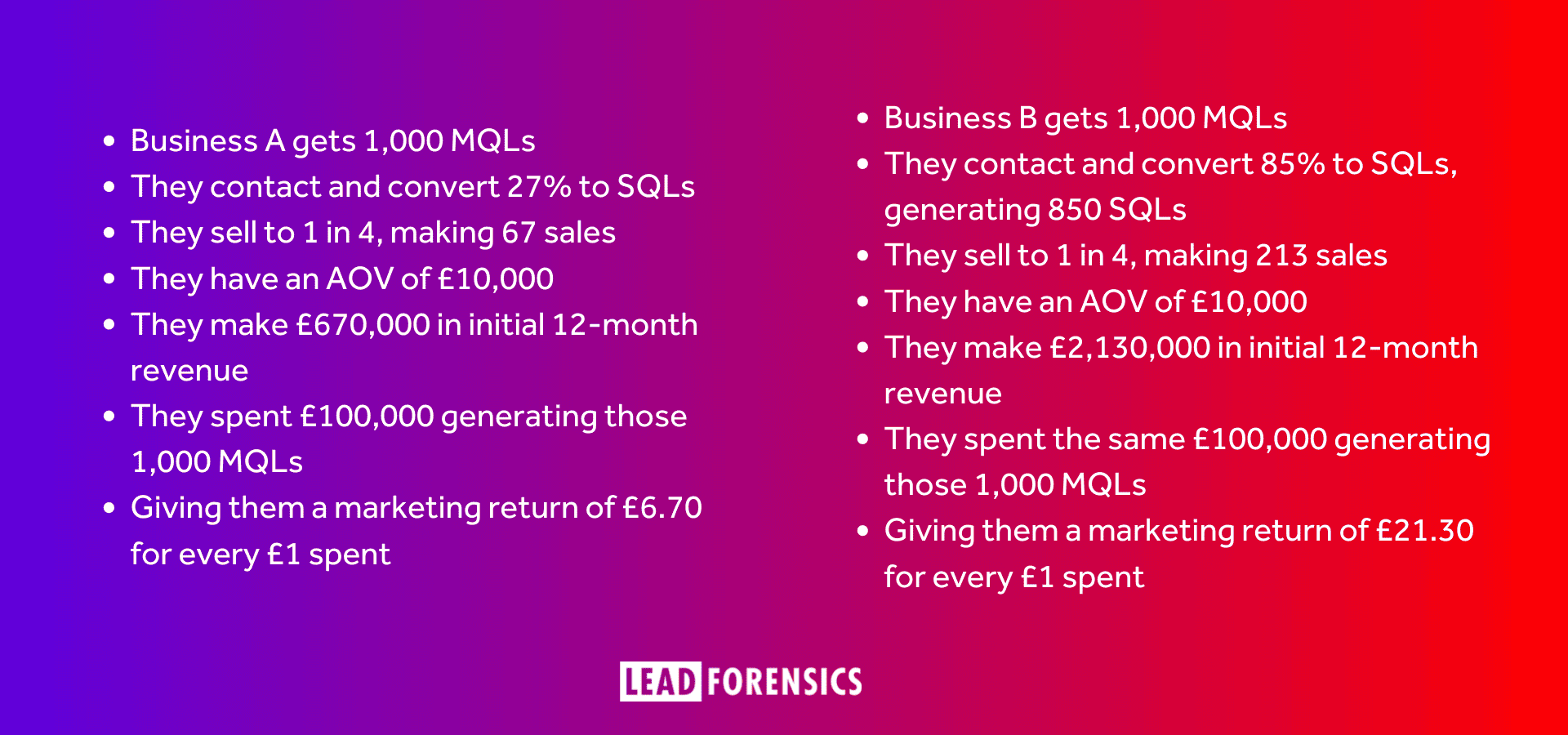
Both business spent the same amount of money to generate the same amount of MQLs, the only difference is Business B converted more of them into SQLs, and made almost £1.5 million more.

So how do we seize this opportunity? The improvements made between Business A, and Business B doesn’t require any further significant investment – all it requires is focus and nothing more.
We’re going to walk you through five ways you can drive up your revenue by focusing on the things that really matter in SaaS.
5 Ways to improve response times for your MQLs
1. Know your ICP
Anyone who fits your ideal customer profile is guaranteed to see success with your product. Your product will be a huge benefit to their business and they’ll see great ROI, but there are huge benefits to your business as well to have these ICP customers.
Firstly, your sales team will be hungry for these kinds of customers, and will definitely be able to convert them. Secondly, they will continue to renew and give you great lifetime value. These will be not only customers but also advocates and ambassadors for your brand, who will sing your praises, give you referrals, case studies and testimonials which are extremely valuable and impactful in the world of B2B.
It might seem scary at first to define your ICP and you might feel as if you’re discounting a lot of potential customers, but focusing on your ICP is more than just reaching your target for MQLs. It’s about delivering numbers that really matter and that will go on to convert into revenue for the business.
2. Align sales and marketing
Get your sales and marketing teams working together, working towards a common goal with everyone understanding the part they play in the process, with mutual respect for the contribution that each team makes. No one’s job is harder than anyone else’s. Everyone has a job to do and everyone is a vital component in that process.
3. Speed
“The odds of contacting a lead if called within 5 minutes are 100 times higher versus taking 30 minutes.” – Dr Oldroyd

How much of an impact would improving your contact rate by 100 times have on your business? 84% of B2B buyers purchase from the first business that they engage with. If you can be that first business, every time you give yourself a huge competitive advantage.
4. Tenacity
Remember how on average, salespeople give up trying to contact an inquirer after 1.3 attempts? You should take the attitude that, if someone inquires with your businesss, you should be unapologetic in trying to facilitate that request.
It takes tenacity and persistence to successfully close sales – 80% of sales are made between the fifth and twelfth time contacting the prospect, so your sales team needs to be prepared to keep trying!
By leveraging a multi-channel approach to following up with contacts, you maximize your chances of successfully making contact with them. Instead of just relying on phone calls or emails, use all the contact methods at your disposal like email and LinkedIn and other digital methods.
Work to find a cadence that works for your sales team, incorporating multiple channels and finding timings that keep you top-of-mind for your prospect – without getting on their nerves!
5. Humanization
The humanization of communications is very important, and perhaps more so given that we’ve had this window into people’s home offices over the past few years. As B2B marketers and sales people, although we are selling into businesses, we should remember that we are ultimately humans selling to other humans.
With this in mind, try to make every inquirer feel important and give them a human response. This will help them trust you and will help you to connect with them on a human level to understand their challenges and motivations. This will create an affinity with your brand, and make them feel special.

These steps require little to no additional investment, and will help you to get more out of your MQLs. Not only will this be of huge benefit to your business, but it will also benefit anyone who inquires with you, as they will get much better service from your team.
Your quick-start guide for developing an effective, humanized, real time response strategy
1: Review – The first thing is to review where you are – be honest, don’t kid yourself. Review exactly where you’re at in terms of your conversion rates right now.
2: Map – Map your current process and cut any fat – stop excessive reporting or any things that are slowing down your processes.

3: Set a goal – Set a goal that is ambitious, but not quite impossible, but almost.
4: Get your team on board – Get the whole team on board and explain why it’s important. You need everyone to be focused on the need for rapid response.
5: Set response targets – Set response targets and performance manage against them, monitor for both speed and persistence – for example, you might aim for a response time of ten minutes or less, and a minimum of ten contact attempts.
6: Leverage systems – You need to leverage systems to classify and automatically route leads to your team members. There are tons of tech solutions out there that can help you achieve your goals.
7: Celebrate the micro improvements – Make sure that you’re not just holding everyone to your ambitious target, as it won’t happen over night, you should recognise and celebrate the small improvements in the process to keep team morale up, and help show them that your goal is possible.
8: Monitor and track – Track the data over time, so you can see where you’ve come from and where you’re headed, and be relentless in your quest.
9: Be human – Don’t rely on automated approaches to do the following up for you – while it can help with some parts of the following up process, your prospects need to speak to another human in order to buy into the need for your products or solution – ultimately, people buy from people!
Thank you
Thank you for reading our latest best practice guide on our B2B Marketing Blog – “MQLs and SQLs – are you wasting over 70% of your leads” We publish fresh content every week, so please subscribe for alerts, or come back again for more.
In the meantime, you may be interested to read “Sales qualified leads (SQLs) – what they are and how to get more of them”
And, if you’re interested in knowing who is visiting your B2B website, you can request a demonstration of Lead Forensics here.


